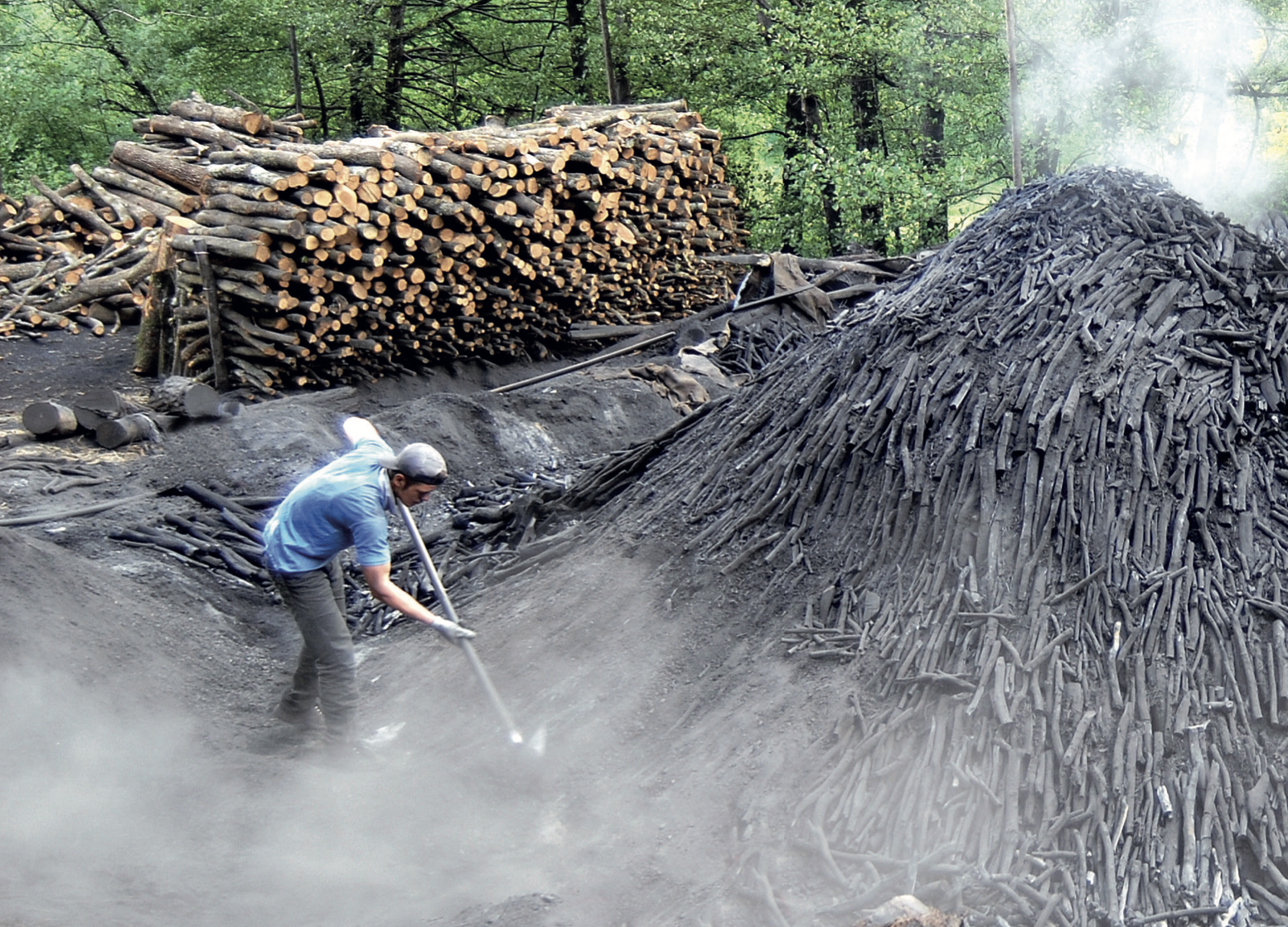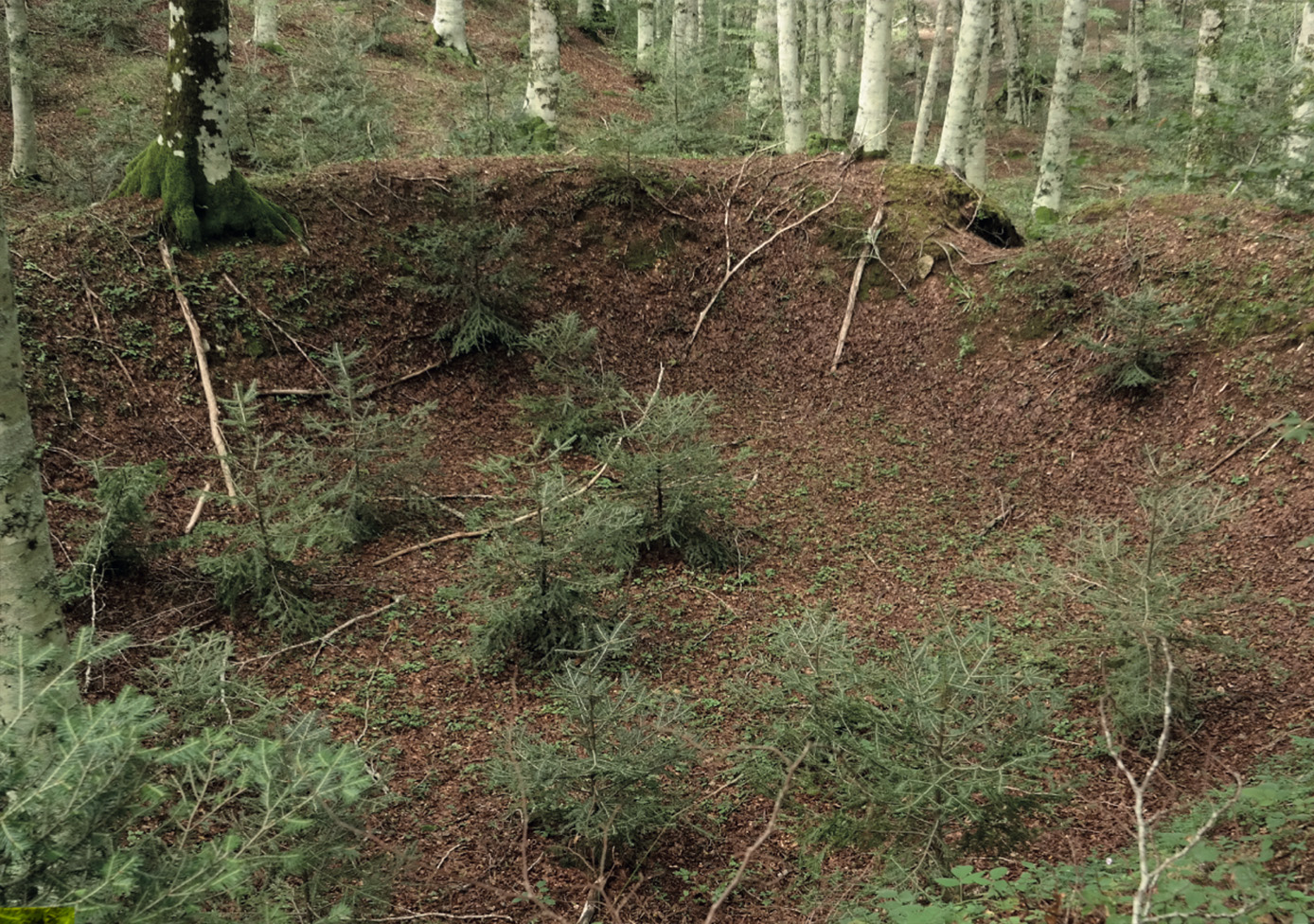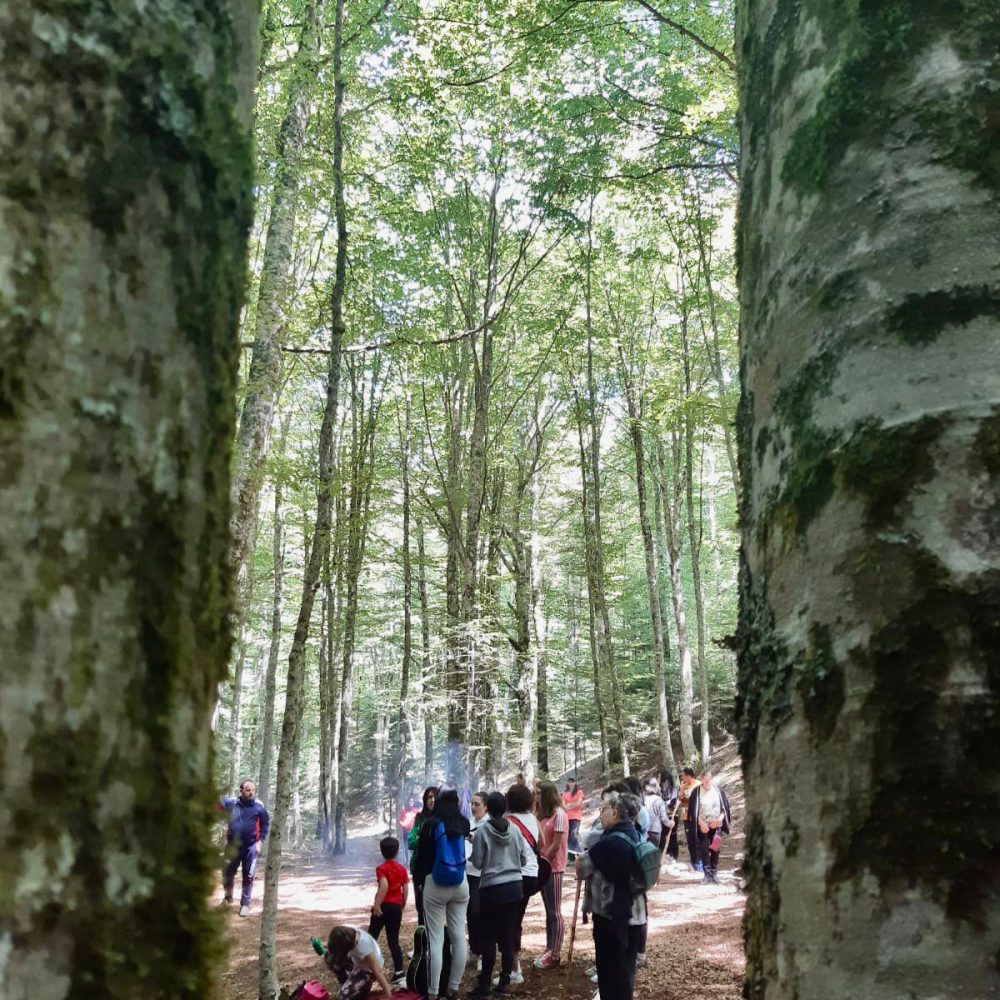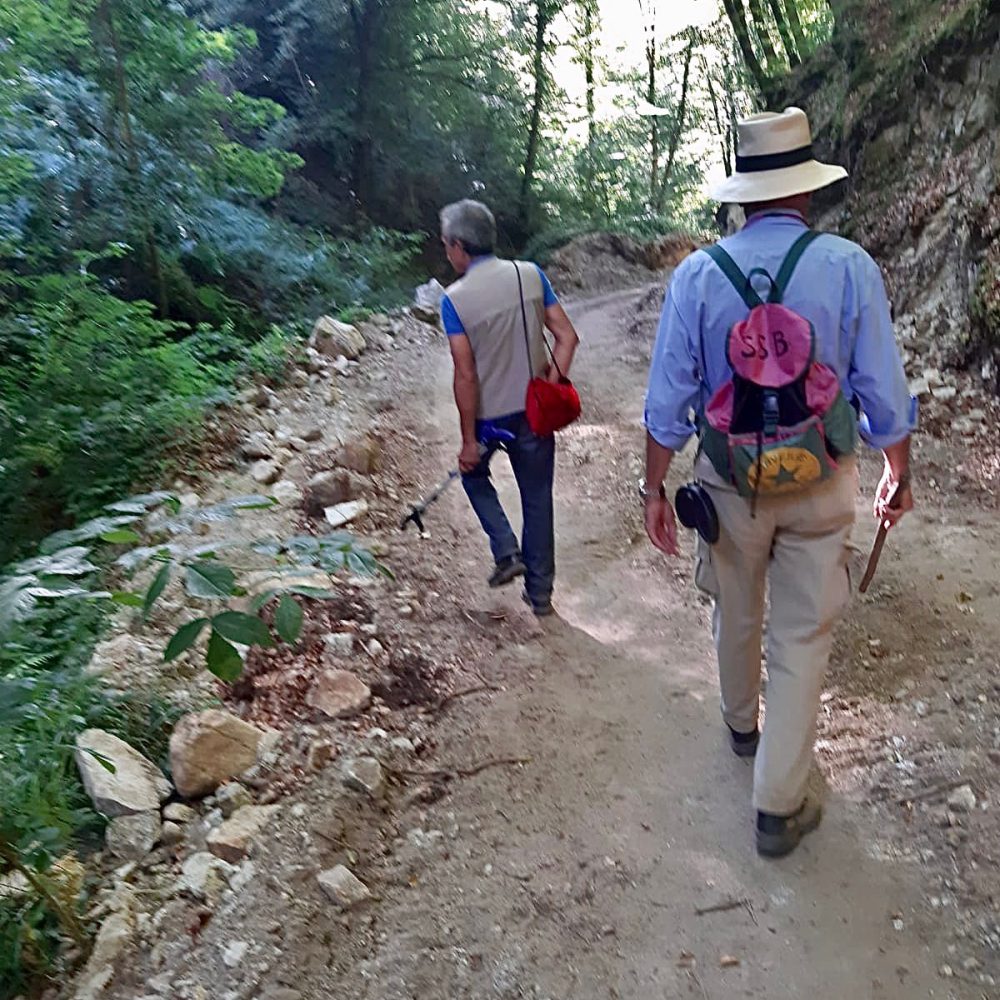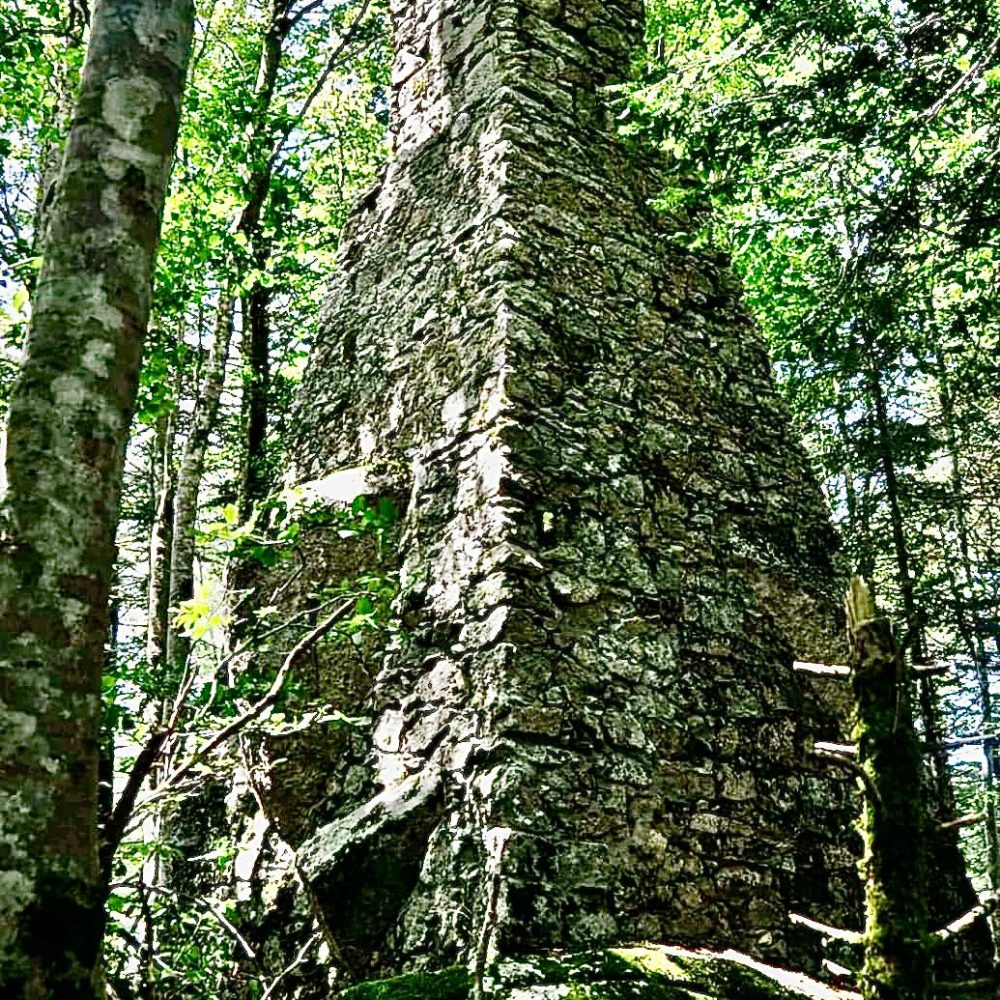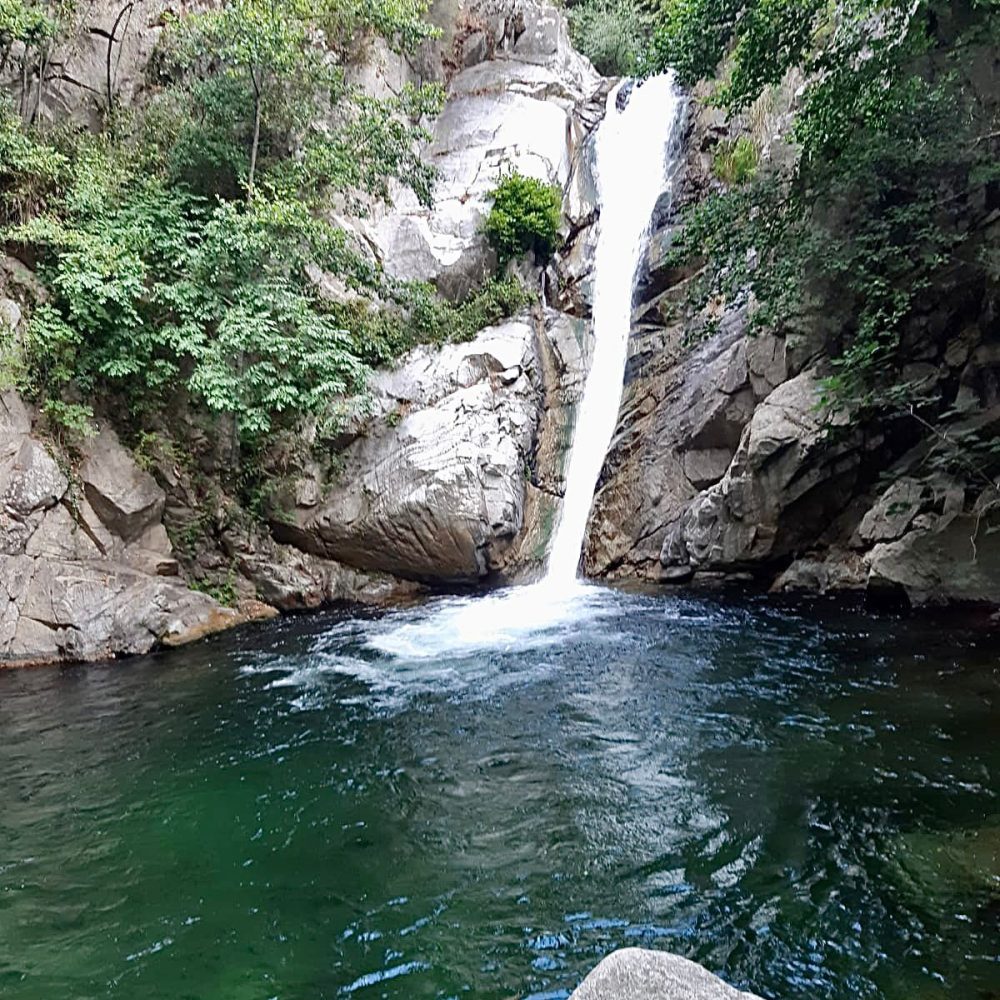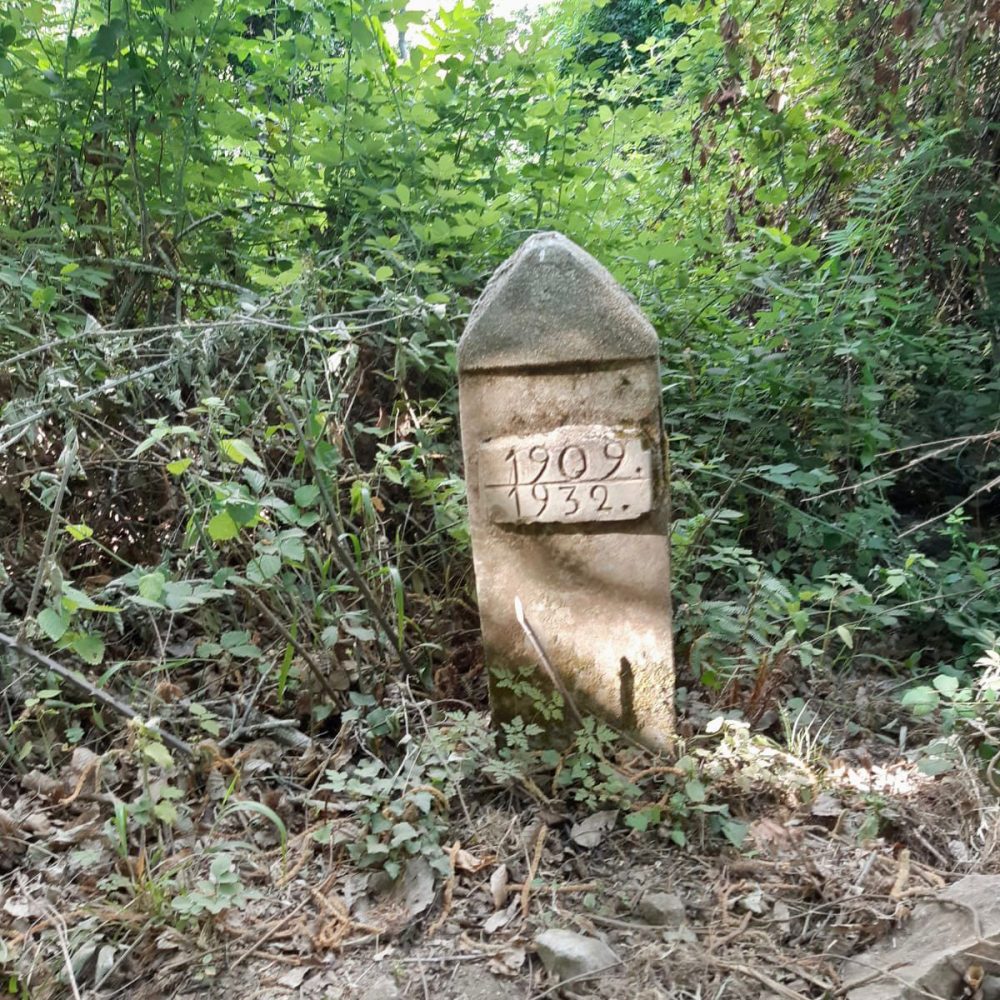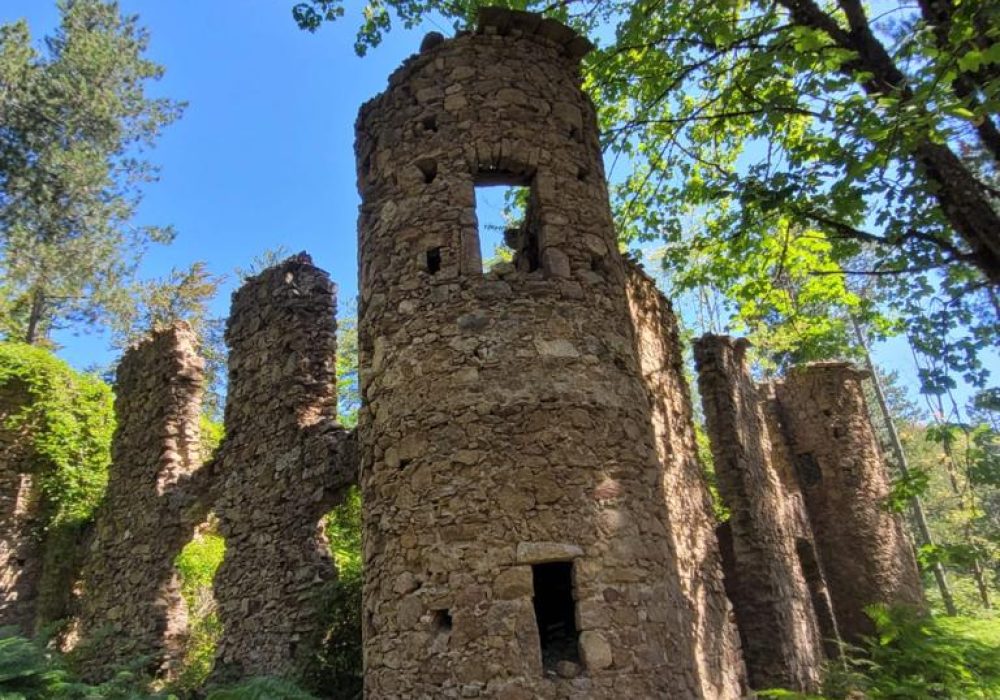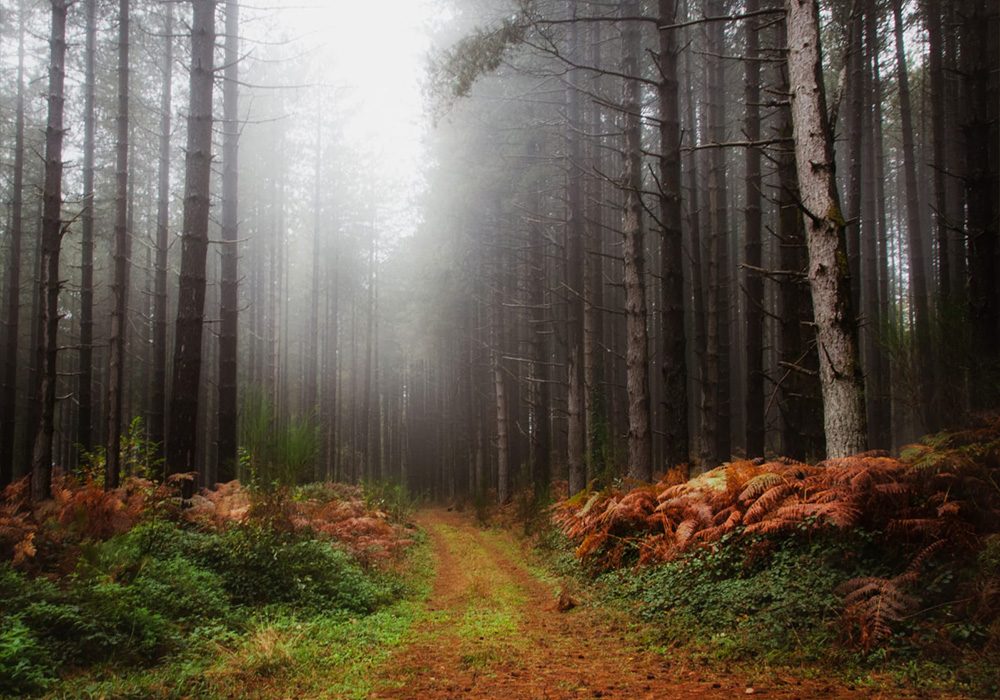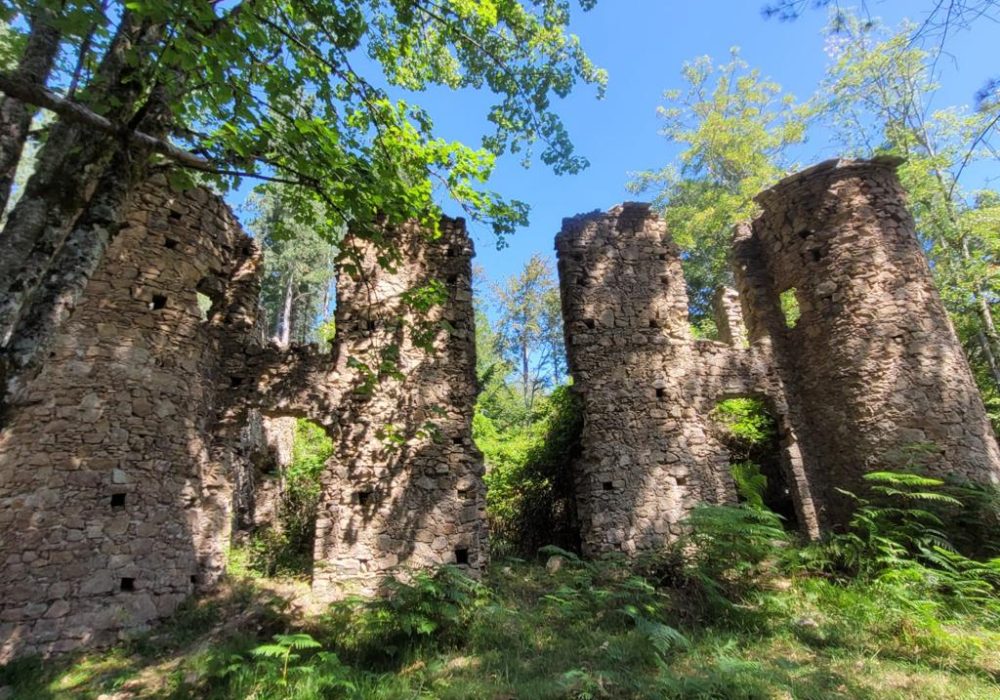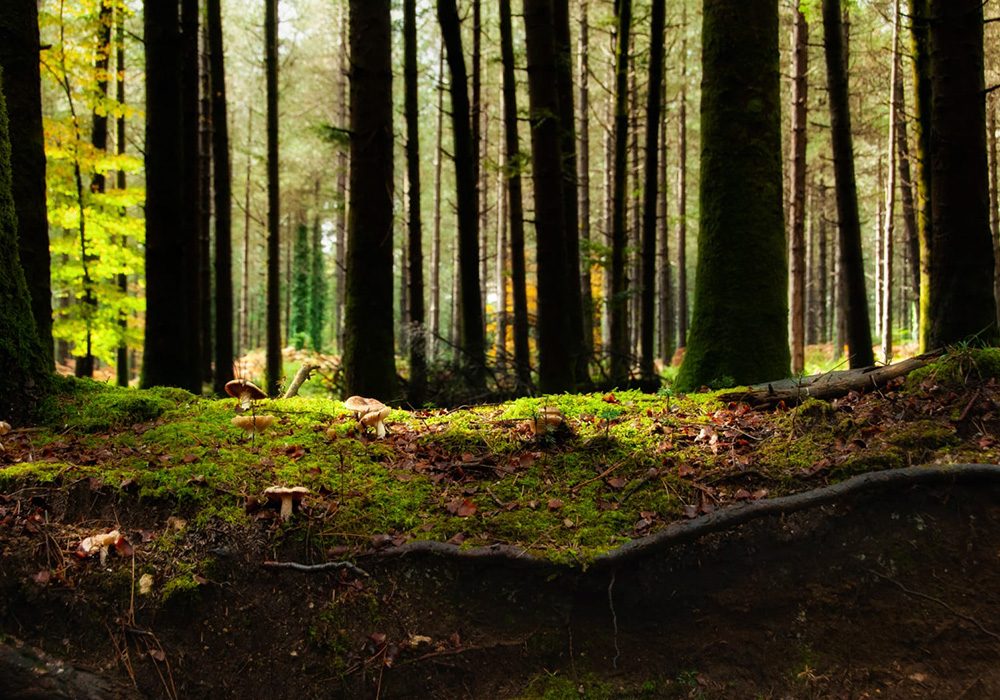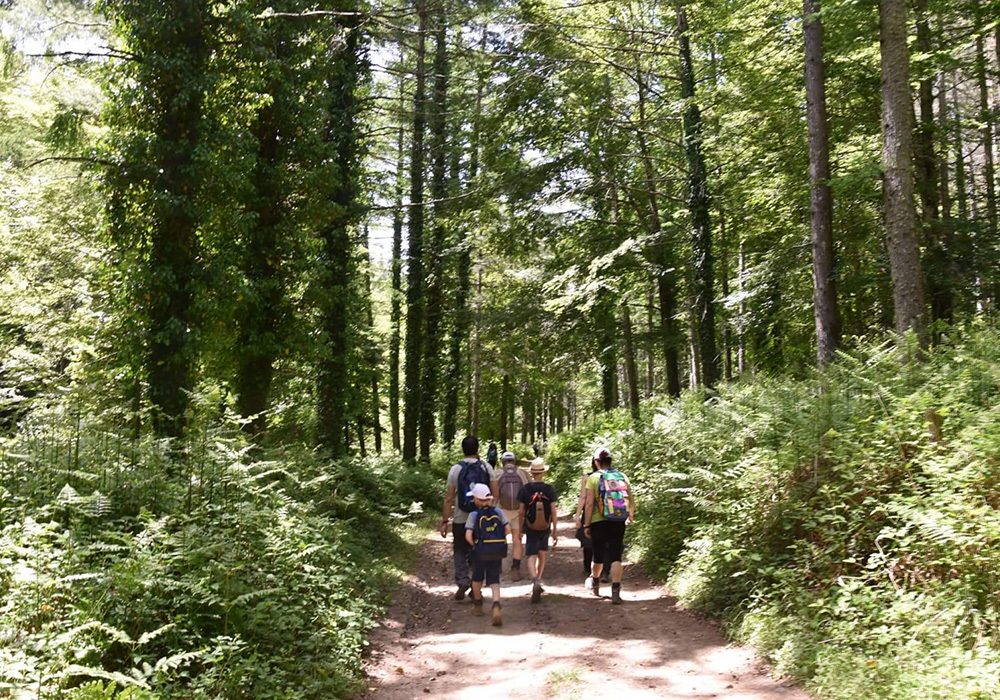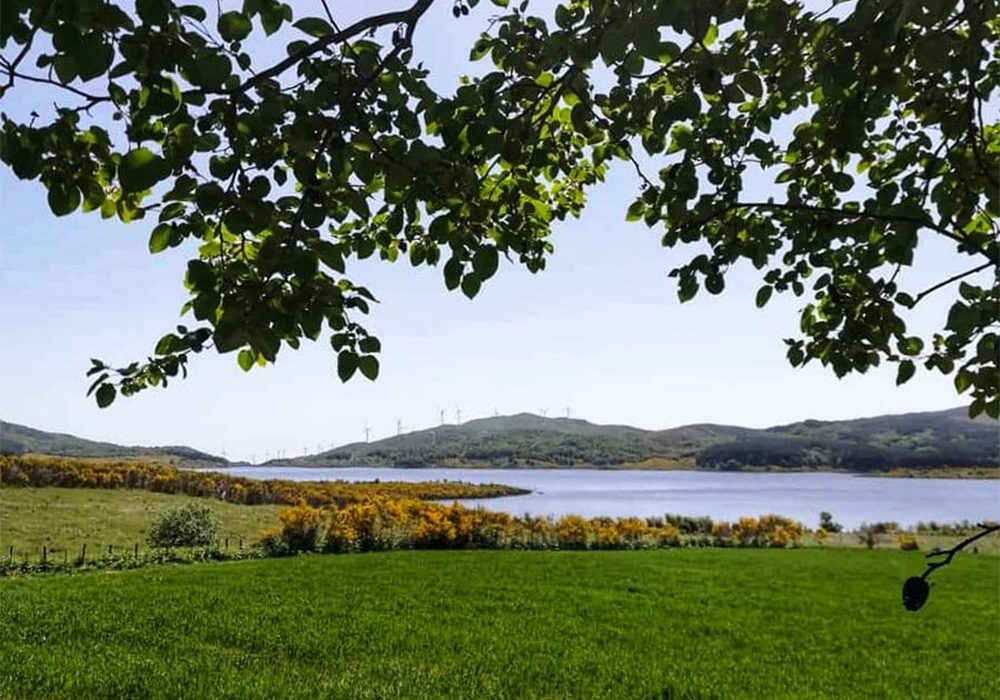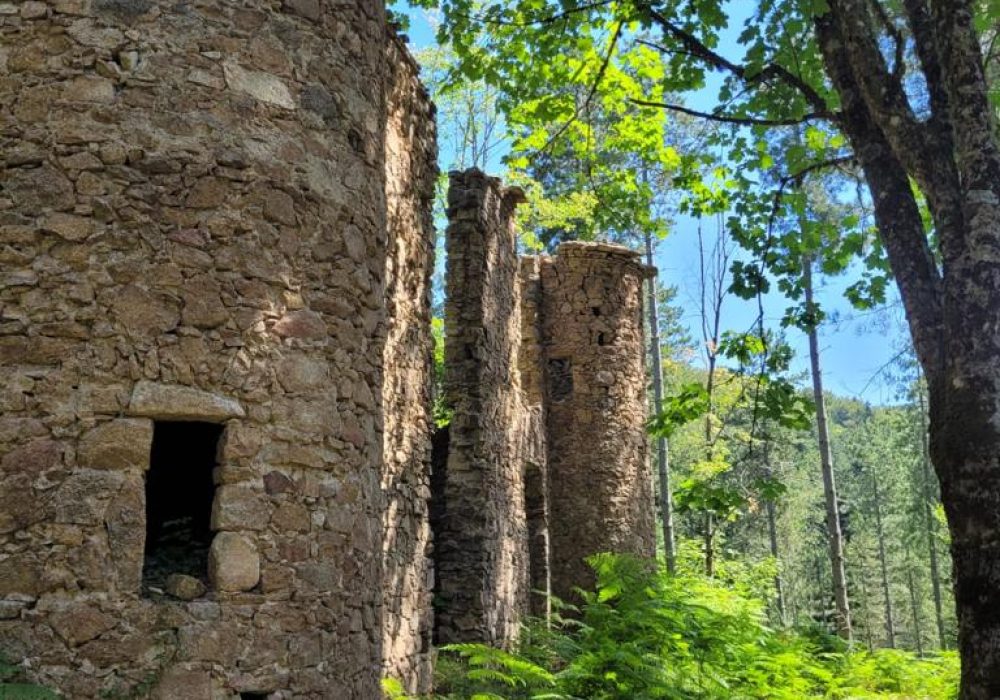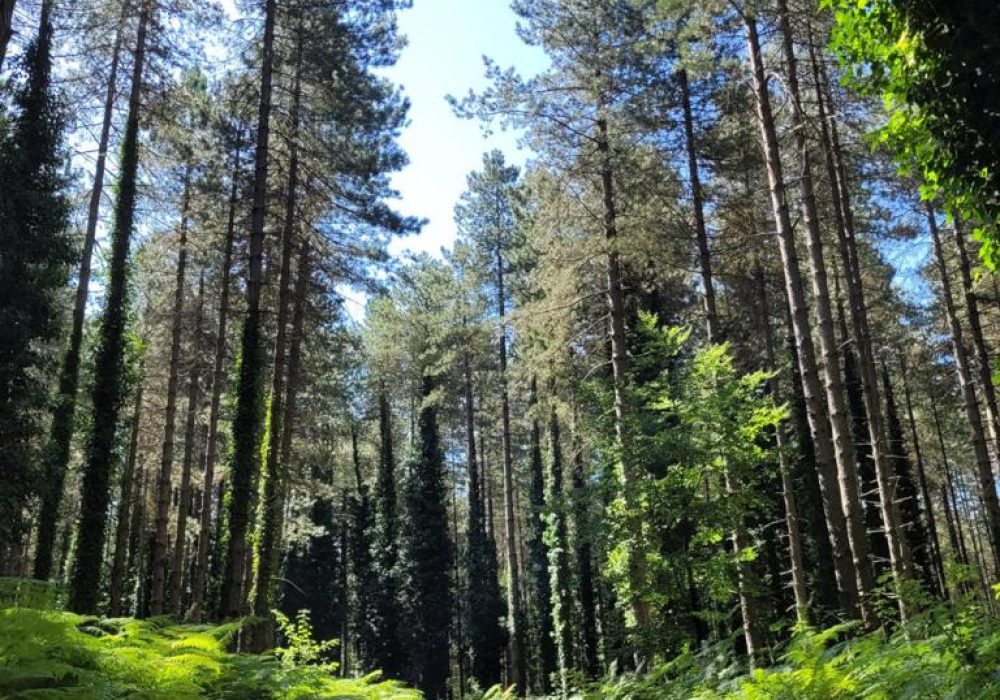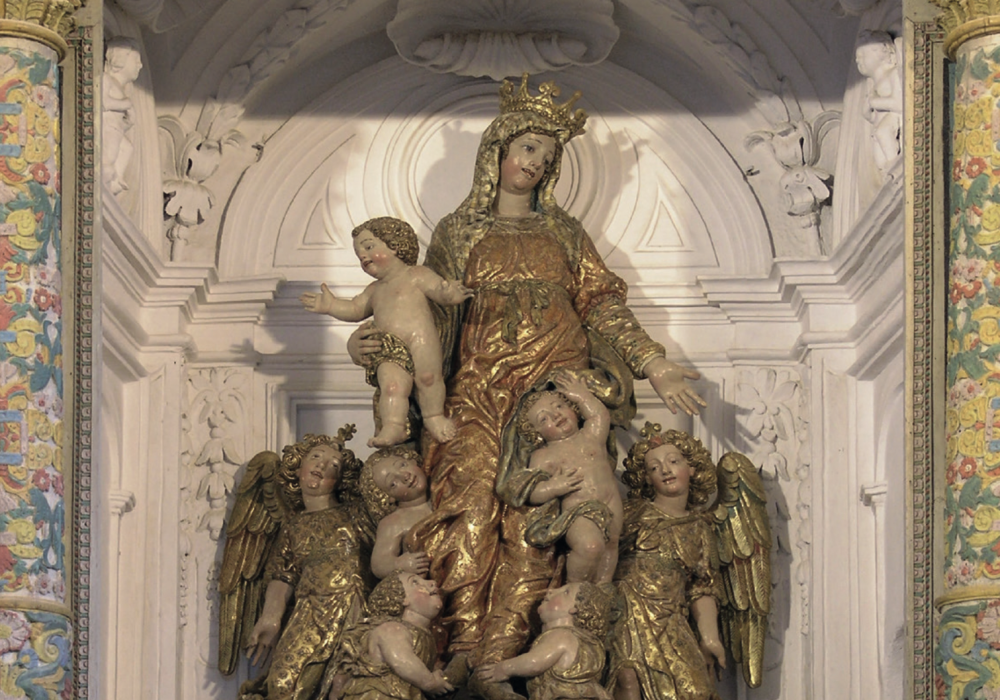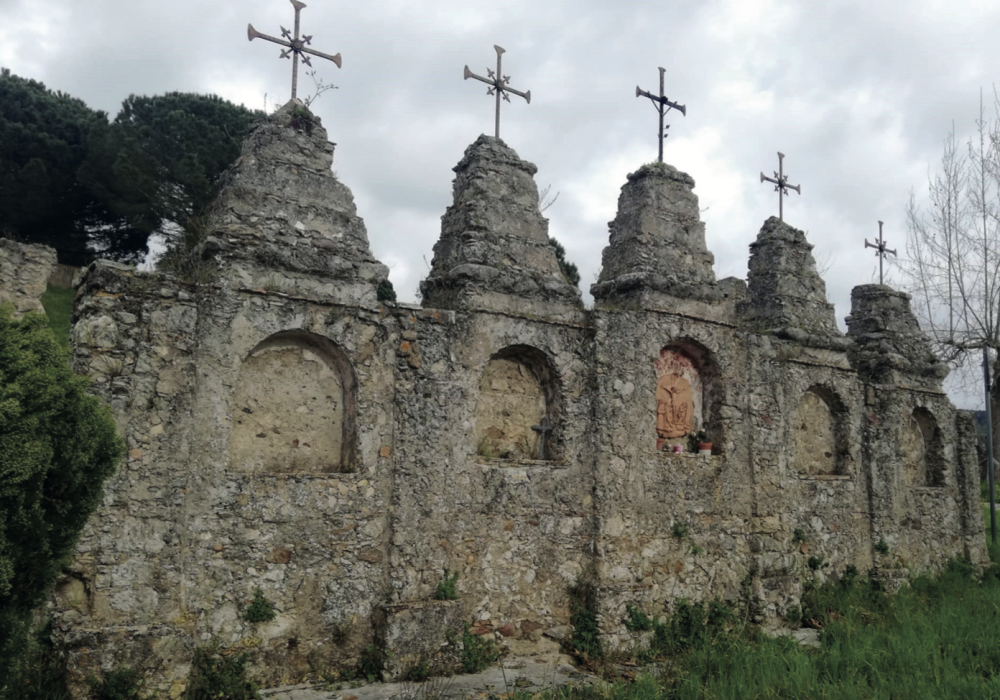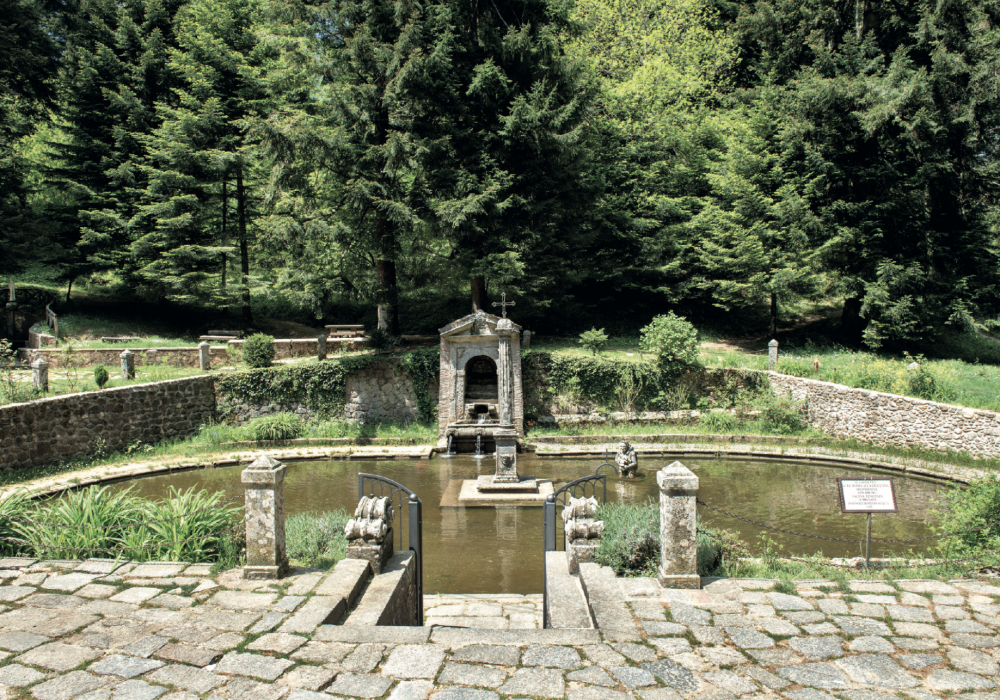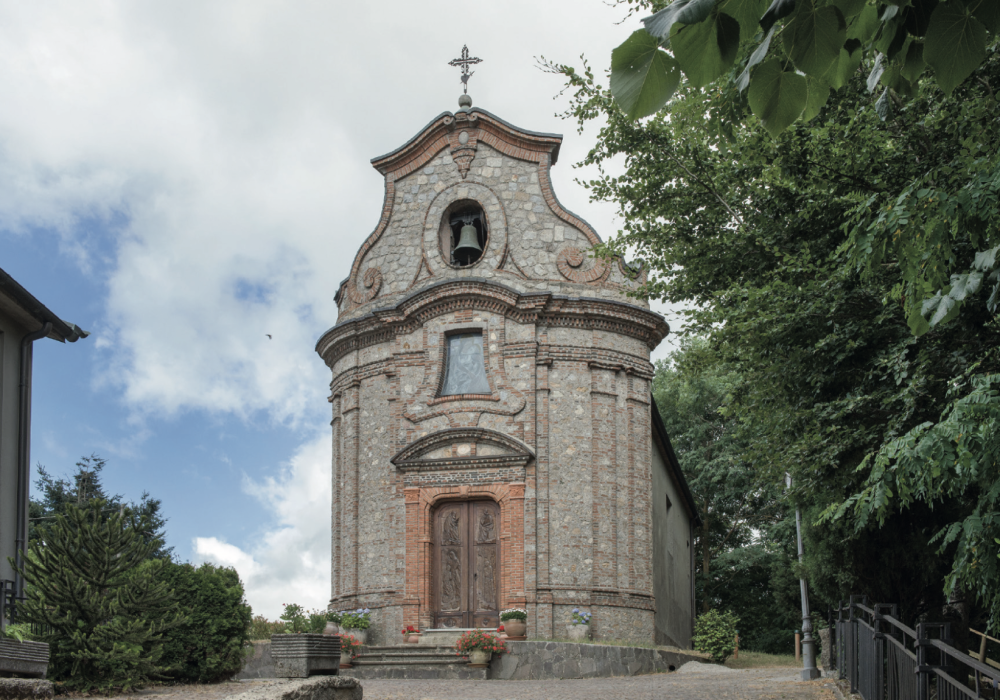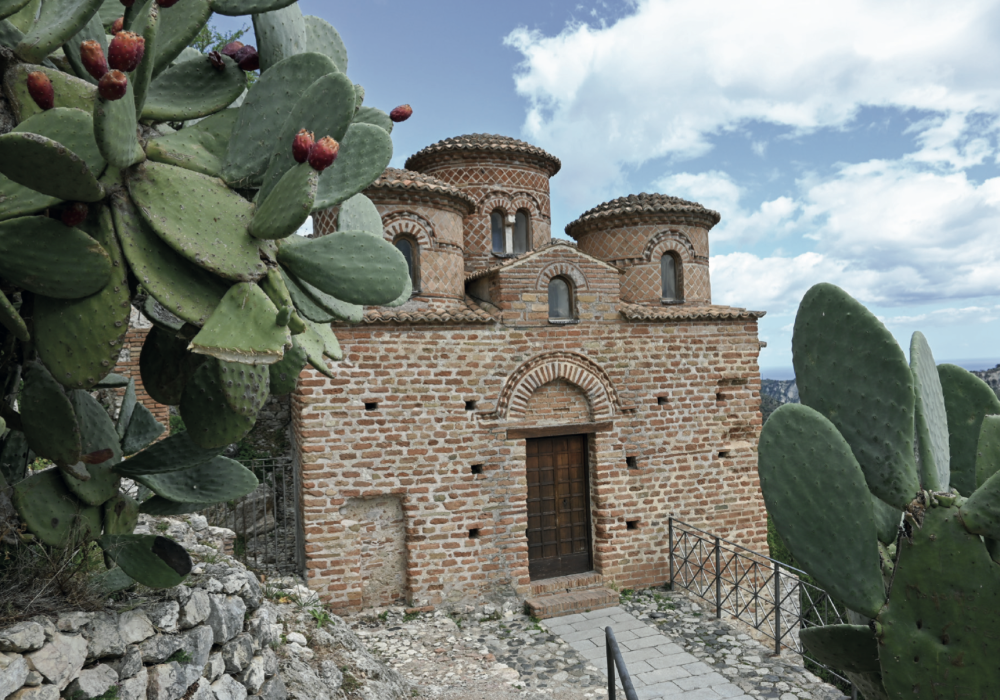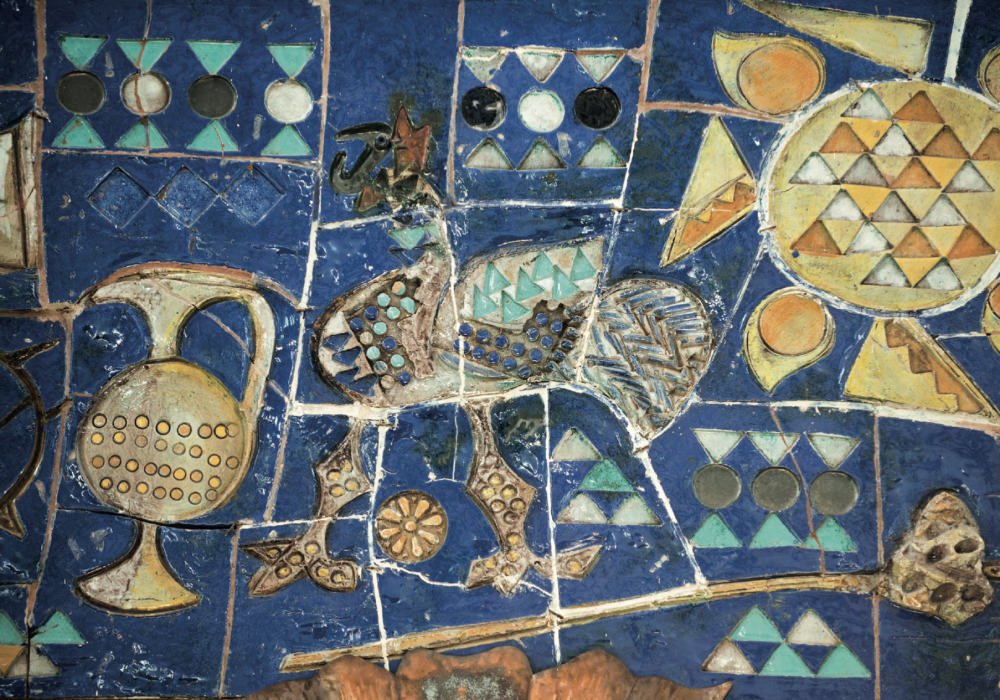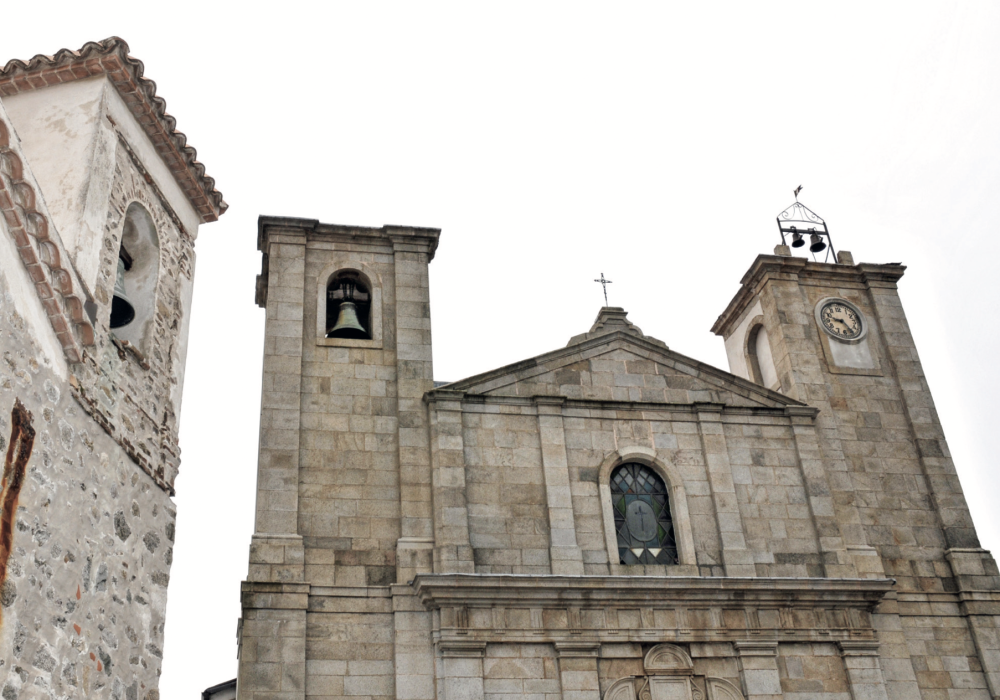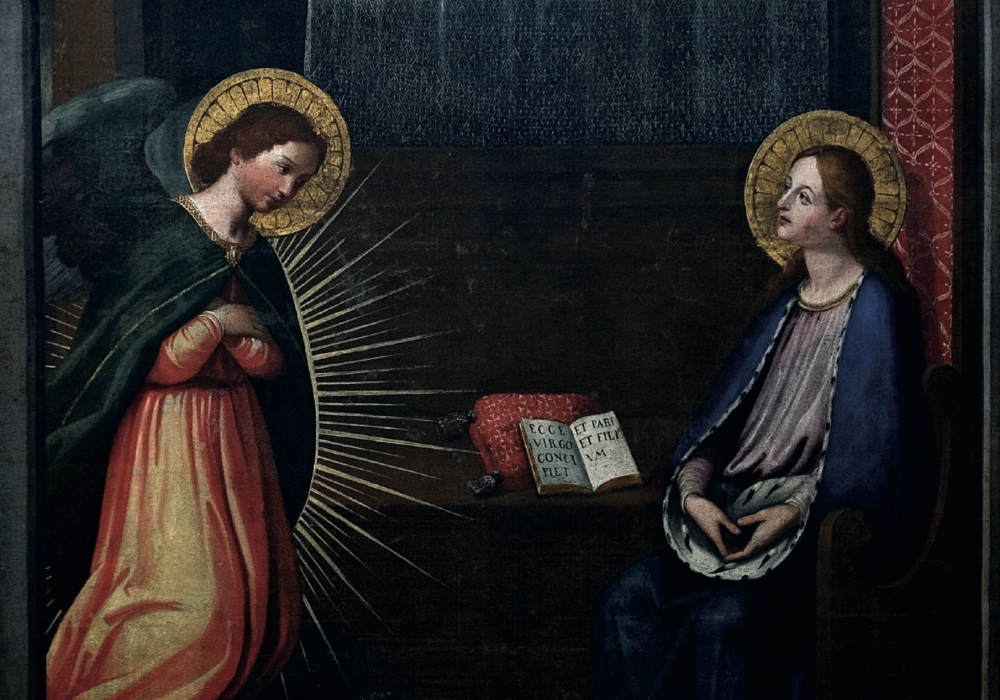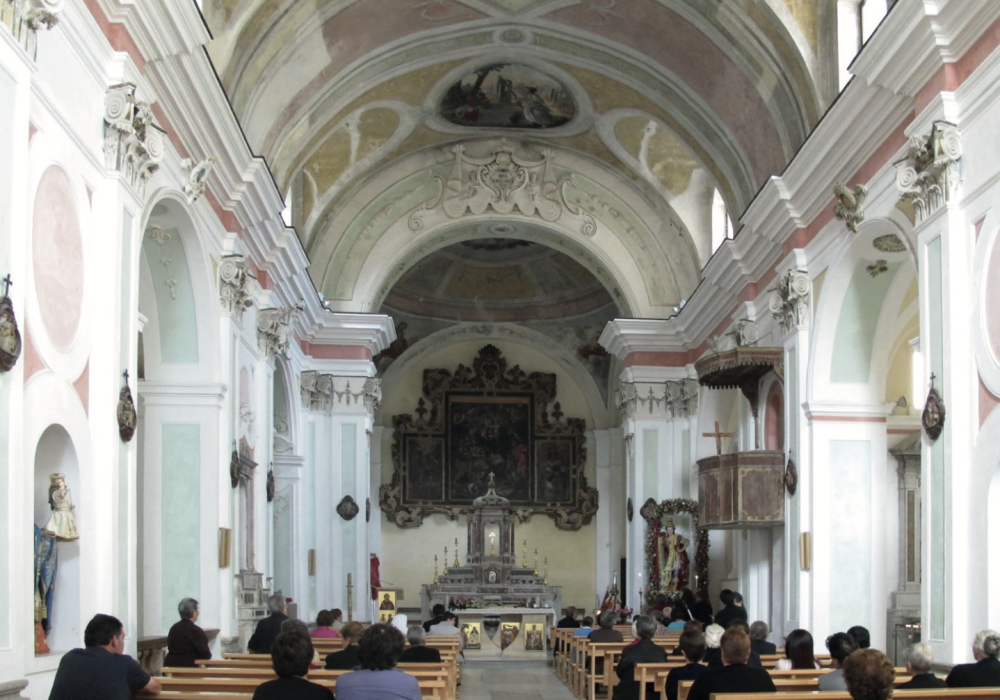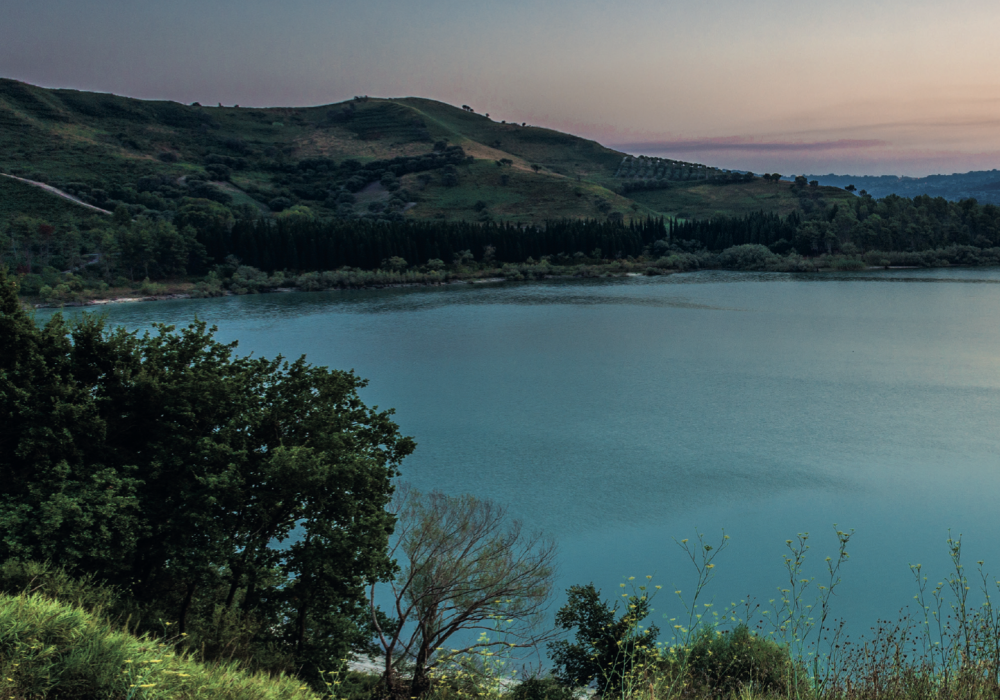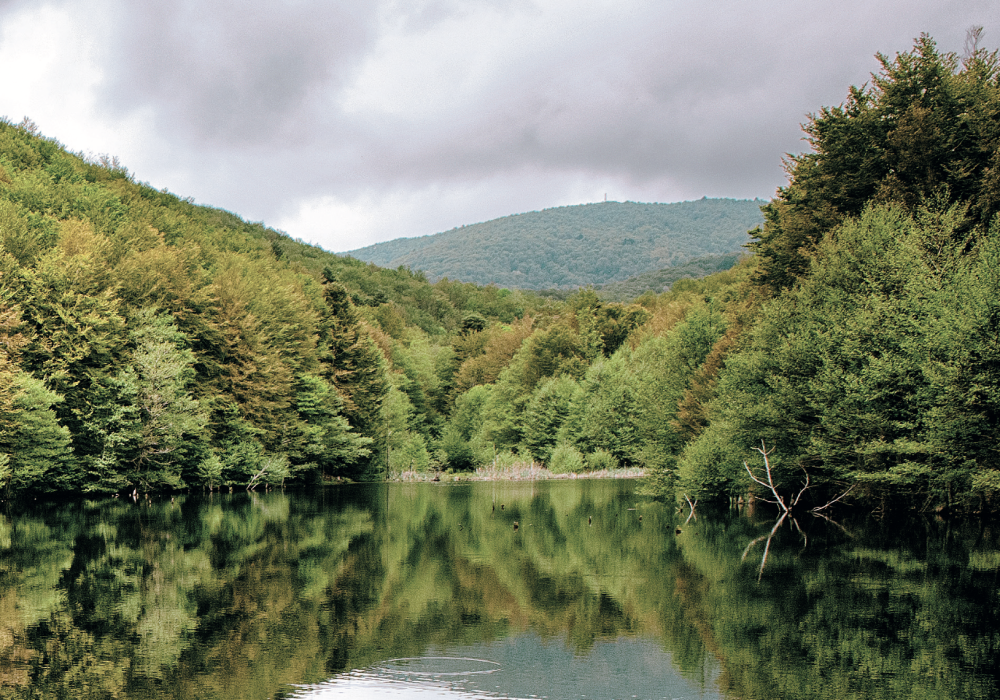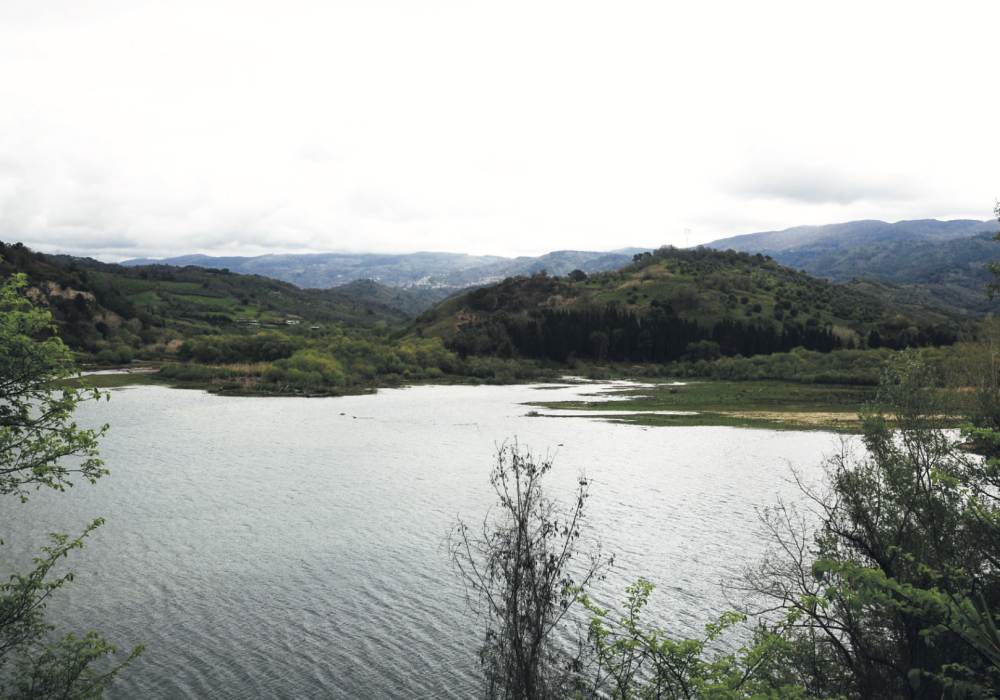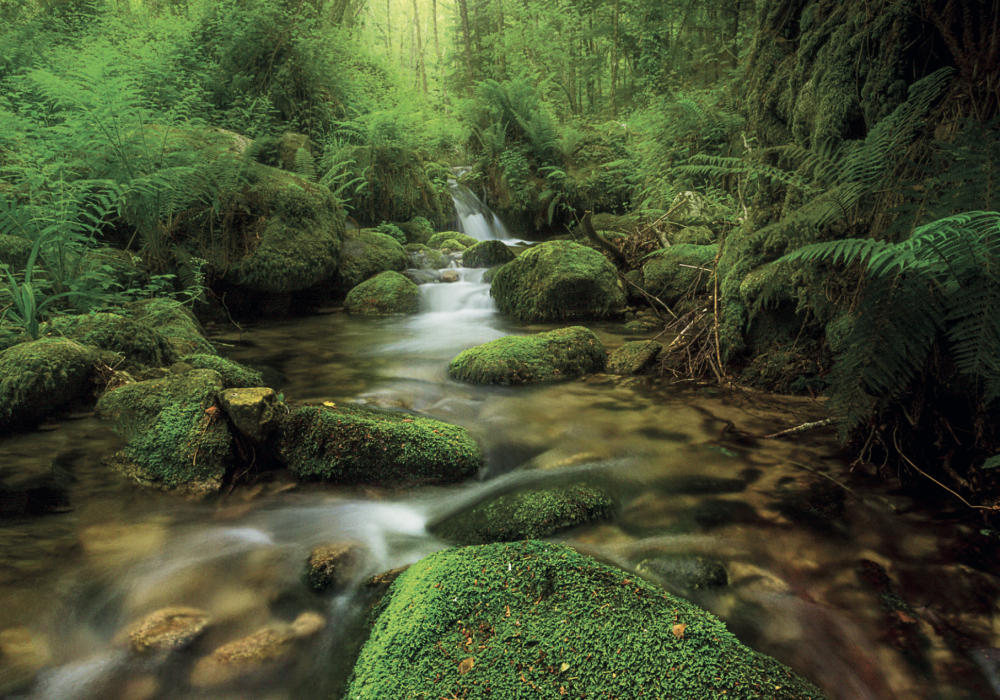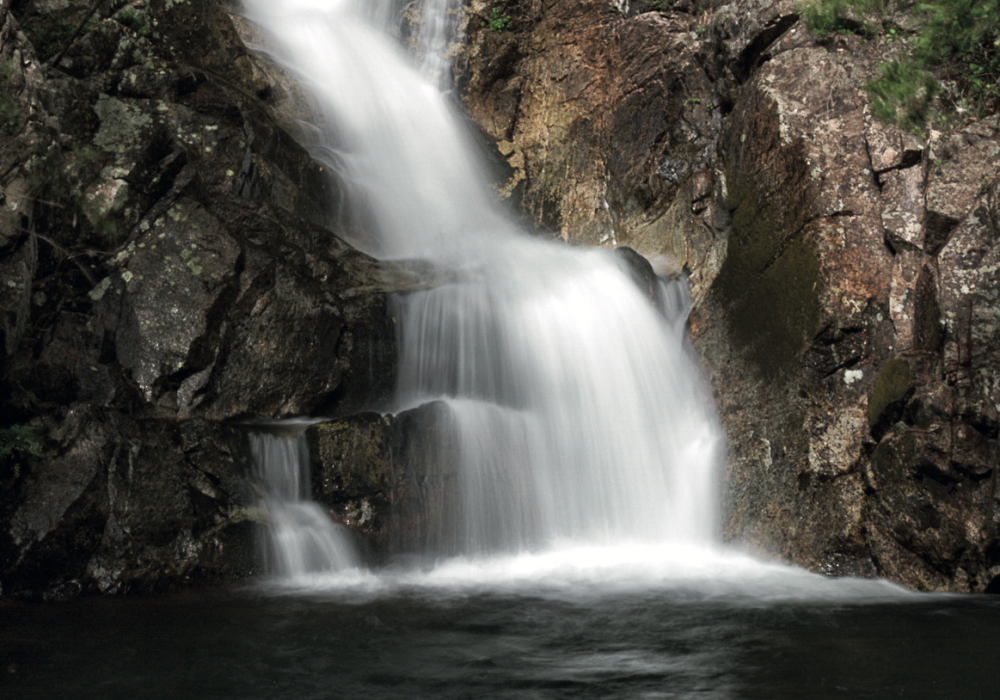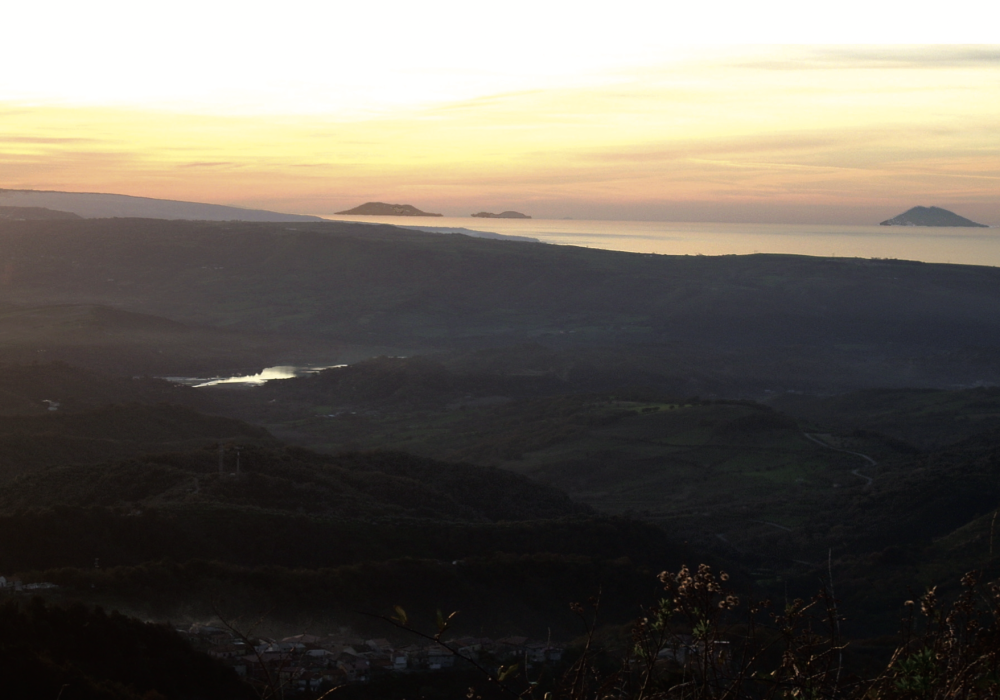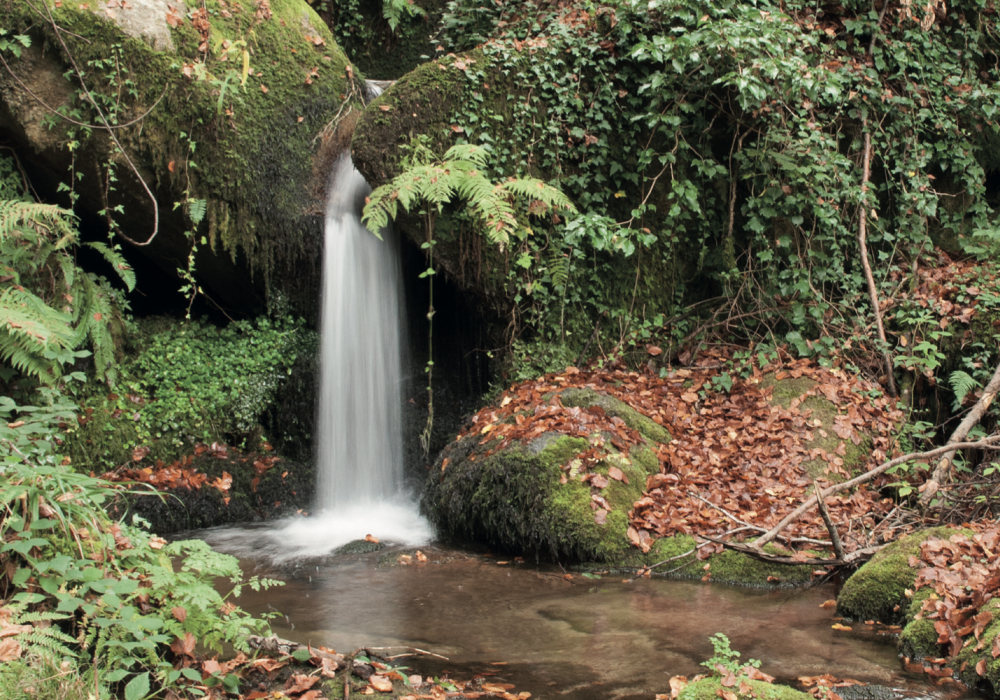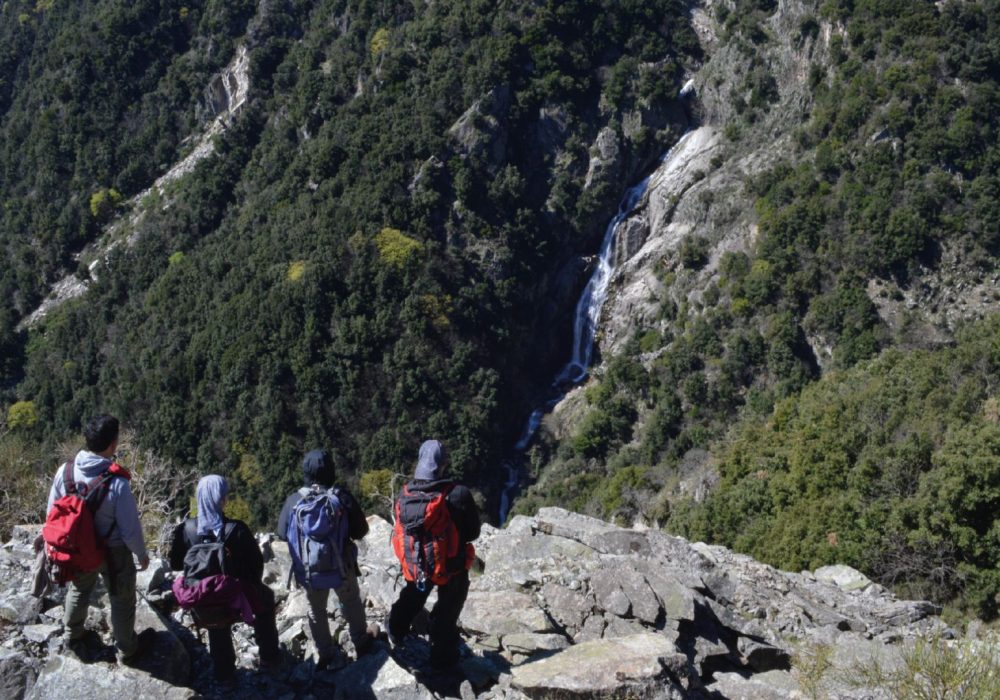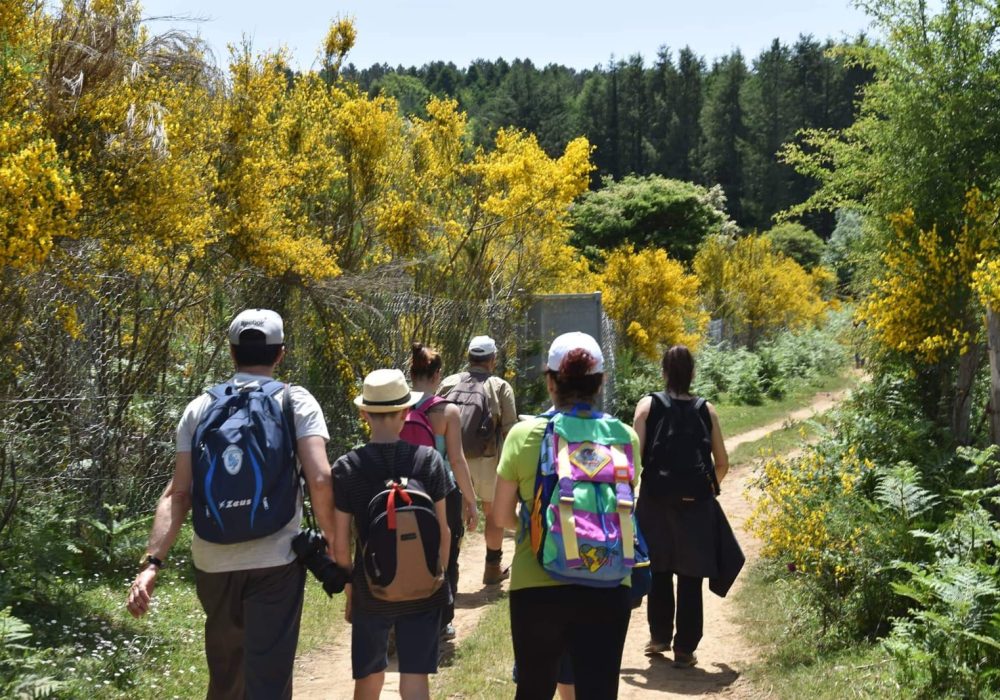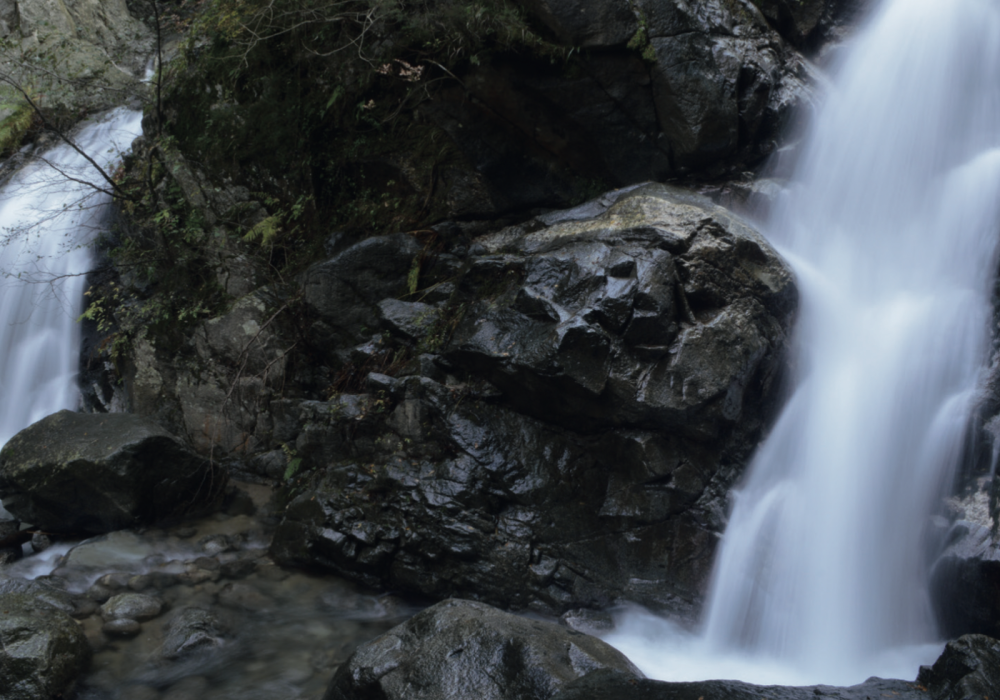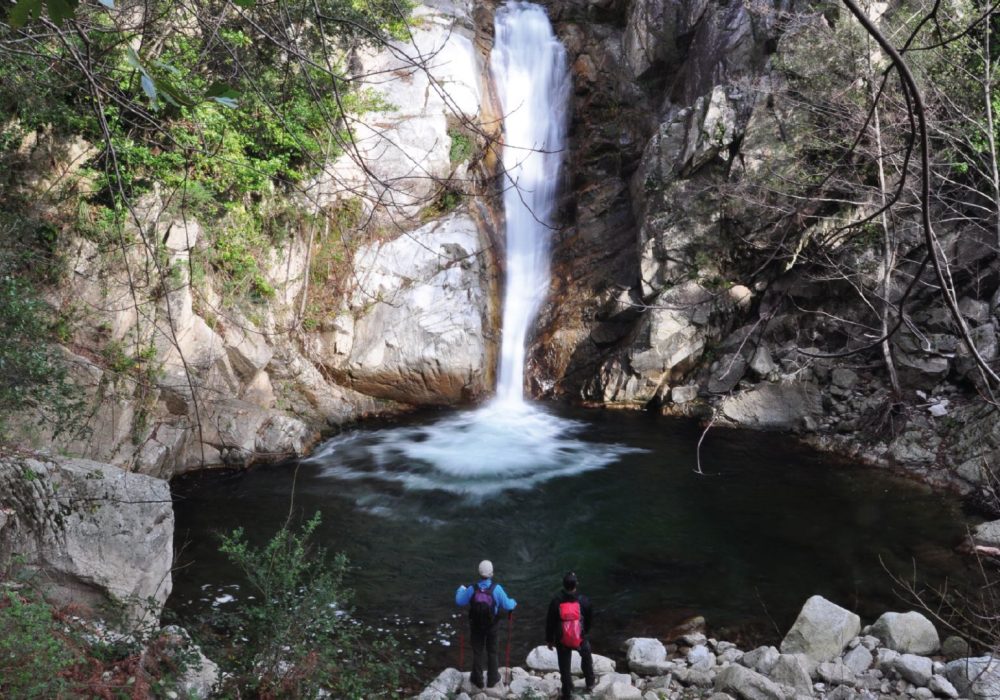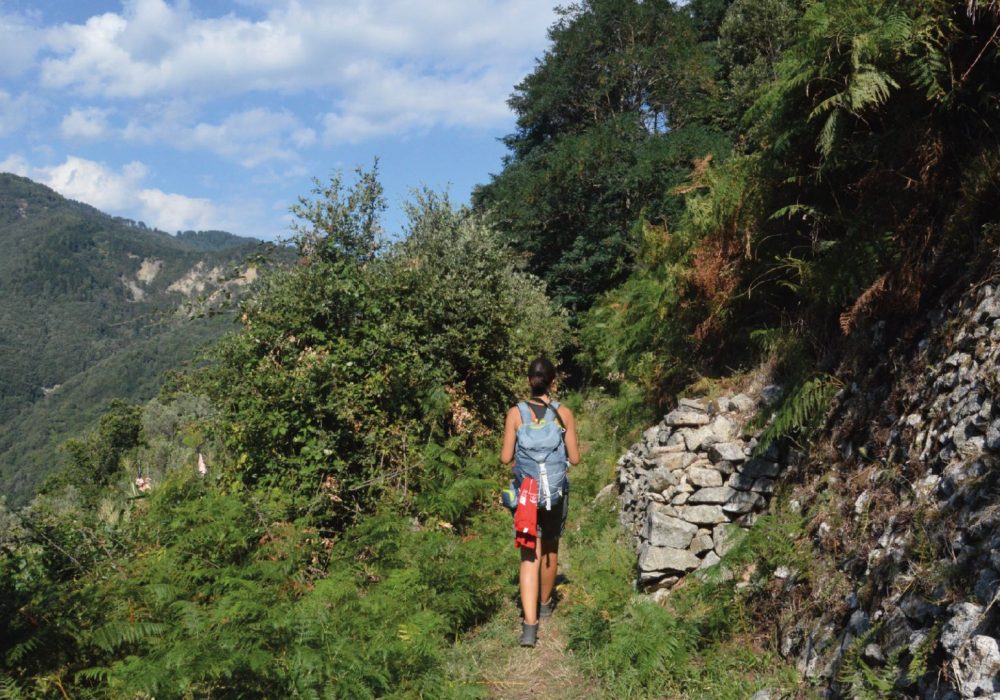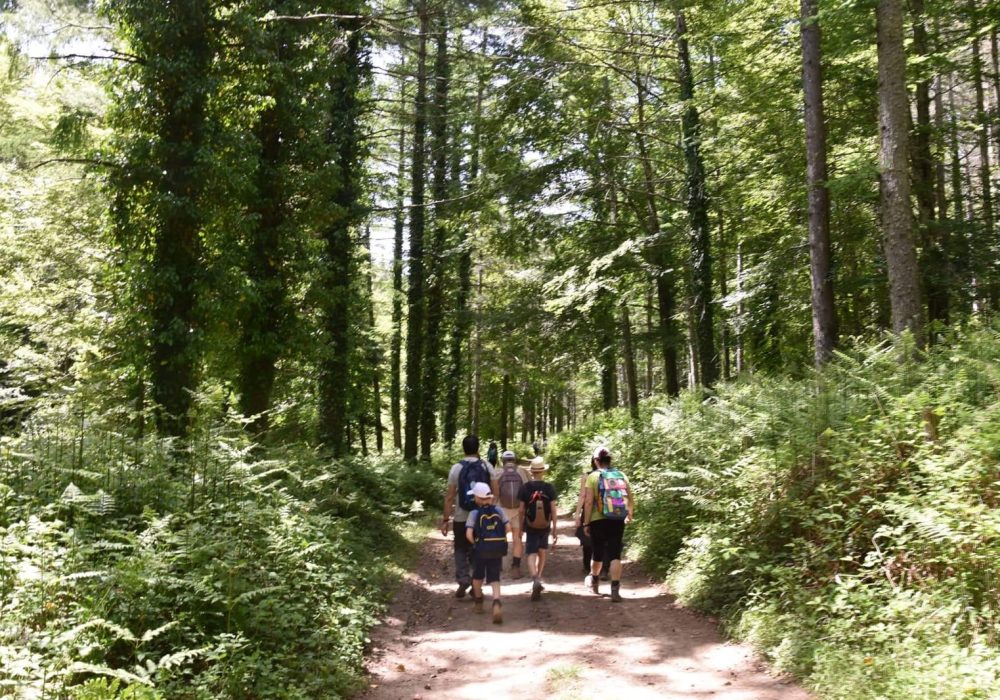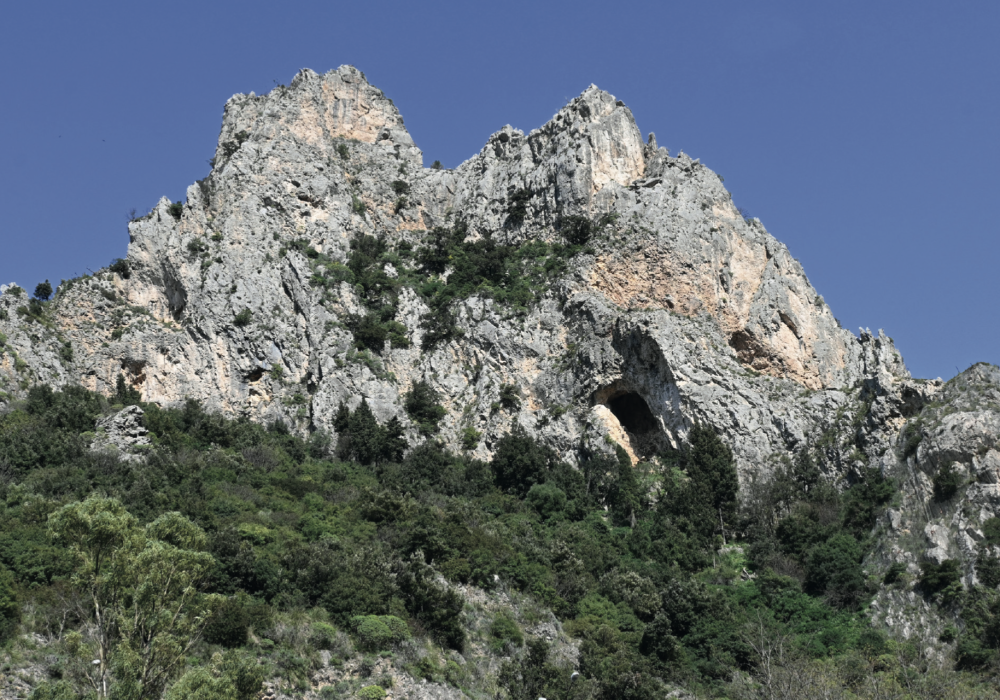Local traditions
Getting to know a community, understanding its reference values, means delving into its roots starting from the discovery of their most natural way of expression, that is, savouring their traditions in their various facets. These essential elements of true social living are translated into beliefs, recurrences, sometimes rituals that are concentrated in the summer season, consumed in the guise of processions, patronal festivals, sacred representations, local markets, fairs and festivals. Colours, flavours, sounds, devotion and tales of perhaps legendary events mingle in a context where the boundaries between sacred and profane are not always exactly defined.
The festivals (of tripe in Gerocarne, ‘fileja’ and sausage and ancient flavours in Maierato, zeppole and strawberries in Pizzo, ‘filatiedi’ and potatoes in Polia, ‘vijuazzu’ in Acquaro, wild boar in Nardodipace, pasta and suriaca in Fabrizia, chestnuts in Pizzoni and Davoli, chickpeas and mushrooms in Serra San Bruno) and the folkloristic events (Palio di Ribusa in Stilo and Ballo del ciuccio during the feast of San Rocco in Serra San Bruno) constitute salient moments in which the community, rejecting the advancing secularisation, rediscovers the sense of being together and shares it warmly with emigrants who have returned to their homeland and with tourists ready to nurture the spirit of concord typical of previous generations. Coal production in the Serre has very ancient origins, dating back more than a thousand years, when coal was indispensable and was used together with minerals in smelting to produce iron. Walking through the mountains, one can notice here and there hundreds of ‘patches’, many of them dating back several centuries, pitches of about 7 metres in diameter created for the construction of the ‘scarazzi’, domes formed by stacked pieces of wood covered with clods of earth. These domes, lit from the inside, were cooked for about 20 days and, ‘tended’ night and day with skill, led to the final production of coal. The coal miners would move into the woods with their families, living for months, from May until October, in wooden huts. The Serre can be considered the most important location in Italy for the production of charcoal, especially for its quality, as it is produced exclusively from beech and holm-oak wood. To this day, this ancient craft is still largely practised by the same families, who hand down this art from generation to generation, no longer in the forests far from the settlements, but in areas around Serra. Until the 1960s, Serra coal was sold throughout Italy, for heating, for braziers or for irons. Today it is used exclusively for barbecues. Another practice that was very active in the past within the territory of the Park is that of the niviere. The niviere are large, hand dug, round holes with a diameter of between five and nine metres and a depth of about two and a half metres. They were mostly built on the highest part of the mountain facing north, where the snow stayed until the end of August; some were built lower down near the village and were used in the early summer months. During the winter, when it snowed, the men collected the snow in the hole and, after reaching a certain level, trampled on it until it turned to ice, sometimes dancing accompanied by some pipers; once filled, the hole was covered with branches and beech leaves and kept until the summer when it was then cut by the ‘mastru della niviera’ into blocks of around 50 kilos, placed in a sack together with beech leaves and carried on the women’s heads to the village. The snow was used as a coolant to make ice cream, mostly during festivals. The managers of the niviere were usually the bar owners, but there were also other private individuals who practised this activity. In seaside towns such as Tropea, Mileto, Vibo Marina and Nicotera, snow arrived by mule. There were many niviere scattered throughout the mountains, the most important and used until relatively recent times being on the ridge of Mount Pecoraro. This activity was practised until the early 1950s when it was supplanted by the advent of refrigerators.


